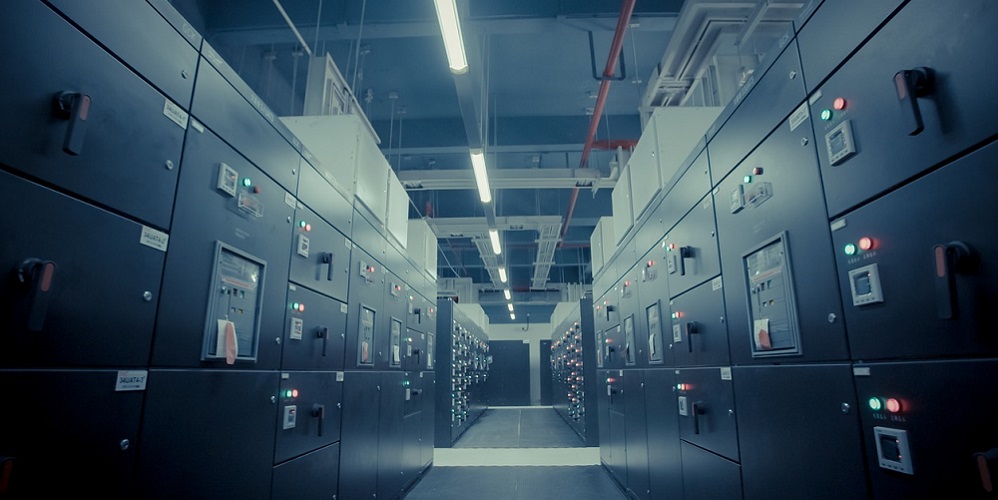CISO Hesitancy about Public Cloud Leaves Data Centers to Run Most Workload by 2021

Enterprise privately-owned data centers form the core of IT infrastructure, but they are getting overcrowded and could soon be looking at major efficiency issues.
According to a Bitdefender survey conducted in 2017, 67.2 percent of CISOs were already using hybrid clouds for data storage, while 64.8 percent used software-defined networking, 62.8 percent relied on virtualization for corporate data, 57.2 percent enabled software-defined storage and 35.6 percent embraced hyperconverged infrastructures. Overall, almost 80 percent of CISOs interviewed by Bitdefender were transforming their data centers in the quest for stronger security and data protection, better productivity, easier management of IT environment and lower expenses.
However, instead of making it easier on themselves, organizations are somewhat squeamish about making the full move to the public cloud. They argue there is no clear visibility, transparency or responsibility, according to the Uptime Institute 2019 data center survey, conducted over more than three months on 1,600 respondents from different verticals worldwide.
“Half of those using public cloud for mission-critical applications also said they do not have adequate visibility,” reads the survey.
Companies are hesitant about cloud adoption because they need more clarifying information, leaving data centers to carry all the workload for now. This is probably one of the reasons why, by 2021, data centers are forecast to run most of IT workloads. That’s way too much to handle, considering the increasing workforce crisis and IT service degradation. 61 percent of professionals can’t hire enough personnel or keep the staff they have interested in being part of the team long enough, compared to 55 percent the previous year, says the industry’s most thorough report.
Modern data centers are fast-paced, which makes them prone to outages and severe service degradation. 34 percent of companies struggled with this in the last 12 months, all caused by power loss and networking congestion. According to 10 percent of executives, a recent data center outage cost over $1 million.
Managing workloads such as machine learning and artificial intelligence is a huge responsibility that each industry handles with different strategies. But “improvements in data center facility energy efficiency have flattened out and even deteriorated slightly in the past two years,” the survey found.
In the process of new technology implementation, organizations are left trying to solve critical roadblocks such as workload, competent employee retention, and data center malleability and performance. Whether it’s cooling problems, power distribution or the effects of climate change, more thorough reviews will have to be conducted to overcome digital infrastructure pains.
tags
Author

From a young age, Luana knew she wanted to become a writer. After having addressed topics such as NFC, startups, and tech innovation, she has now shifted focus to internet security, with a keen interest in smart homes and IoT threats. Luana is a supporter of women in tech and has a passion for entrepreneurship, technology, and startup culture.
View all postsRight now Top posts
FOLLOW US ON SOCIAL MEDIA
SUBSCRIBE TO OUR NEWSLETTER
Don’t miss out on exclusive content and exciting announcements!
You might also like
Bookmarks










